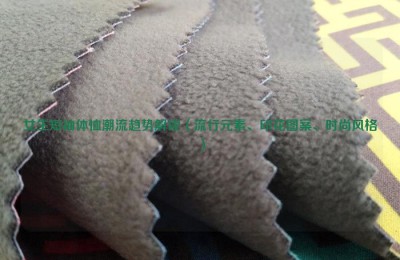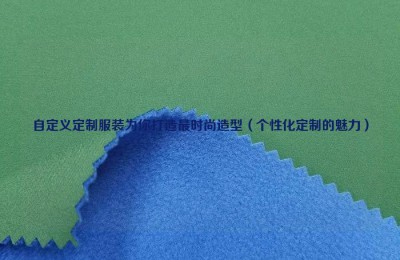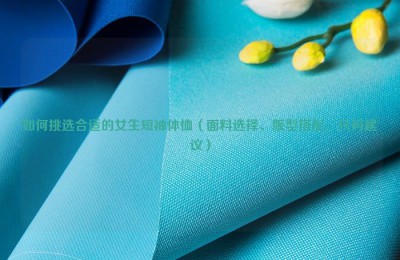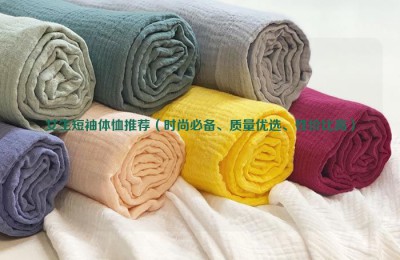What impact will the escalating tariff war have on China’s textiles and garments exported to the United States? What production trends in China should purchasing executives pay attention to? Dr. Sheng Lu, associate professor at the Department of Fashion and Apparel Studies at the University of Delaware in Newark, USA, made the following comments.
As the U.S.-China tariff war escalates, the prospect of China as a major purchasing destination for textiles and garments has aroused great concern from all parties. Although China is still the largest supplier of textiles and garments to the United States, its overall market share in the United States reflects a steady downward trend. Recent research also found that U.S. importers are strategically adjusting their purchases from China, suggesting that competition dynamics in China may vary across product categories.
Given the high stakes and intense debate, this article explores how U.S.-China trade tensions have affected the competitiveness of Chinese textiles and apparel exports to the U.S. since 2017.
The analysis is based on data collected by the U.S. Department of Commerce’s Office of Textiles and Apparel (OTEXA) and will be based on 2016 (the year before the U.S. launched a Section 301 investigation into China). Between March 2019 and March 2019 (the latest data available), a total of 167 product categories were analyzed.
According to the constant market share (CMS) model, it is a commonly used international trade analysis tool that will analyze the value of China’s textile and garment imports to the United States. The following four factors are derived:
1. Market growth effect: Due to the growth of overall import demand in the United States, China’s exports of textiles and garments to the United States have changed.
2. Commodity structure effect: changes due to the continuous changes in the product structure of China’s textile and garment exports.
3. General competitive effects: changes due to the changing competitiveness of Chinese textiles and garments in the U.S. market (assessed by China’s market share).
4. Product competition effect: Due to the changing product structure and the changing competitiveness of Chinese textiles and garments in the U.S. market (evaluated based on China’s market share) jointly influence changes.
Four types of survey results are worth noting
(1) The impact of U.S.-China trade tensions on China’s exports to the United States Textiles and ready-made garments have a negative impact.
Although the U.S. Section 301 has not imposed punitive tariffs on most textiles and clothing products, China’s exports to the United States have dropped significantly, especially since the beginning of this year. According to OTEXA data, China’s exports of textiles and garments to the United States in the first quarter of 2019 were US$233 million less than the same period in 2018, especially in miscellaneous textiles (a decrease of US$87.3 million), fabrics (a decrease of US$8,940), and ready-made clothing (a decrease of US$4,000). Ten thousand U.S. dollars). However, this result is inconsistent with the overall trend of China’s exports to the United States in recent years. Excluding ready-made garments, China’s exports of yarn, fabrics, and miscellaneous textiles to the United States maintained stable and positive growth from 2016 to 2018. Overall, U.S. importers appear to be moving purchase orders out of China based on concerns over trade tensions rather than business as usual.
(3) China’s export competitiveness is shifting from garment products to textiles.
CMS model results show that even before the tariff war, China’s garment export competitiveness was weakening, which led to a 5.3% reduction in China’s exports of garments to the United States during 2016-2018. billion the most important factor. Similarly, this decline in competitiveness caused China’s exports of ready-made garments to the United States to decrease by US$368 million in the first quarter of 2019 compared with the same period in 2018.
In comparison, China has been increasing its exports of yarn and fabrics to the United States in recent years. According to OTEXA data, from 2016 to 2018, the compound annual growth rate (CAGR) of China’s yarn and fabric exports to the United States reached 13.1% and 2.6% respectively, while the ready-to-wear part fell by 0.6%. The CMS model further shows that China’s improvement in export competitiveness of these products can explain most of the increase in exports. Consistent with trend analysis, yarn and fabric products accounted for about 6% of China’s total exports of textiles and garments to the United States in 2018, which was higher than 3% in 2010. During the same period, the market share of Chinese yarn and fabrics exported to the United States in the United States increased by 20% compared with 2010, and increased by approximately 30% compared with 2018.
(4) The structure of China’s products exported to the United States is constantly changing, which has an impact on its trade flows.
It is estimated that in the first quarter of 2019, China’s exports of ready-made garments to the United States decreased by approximately US$20.4 million due to a shift in purchase orders to product categories with lower market growth. In contrast, the commodity structure effect is conducive to the export of miscellaneous textiles made in China to the US market, resulting in an increase in exports of US$21.9 million in the first quarter of 2019. At the same time, the overall product structure of yarn and fabric products exported from China to the United States remains stable.
In short, this study confirms that U.S.-China trade tensions have an overall negative impact on China’s exports of textiles and garments to the United States. But the study also pointed out that other factors such as market growth and commodity structural effects have also caused these trade flows to change since 2016.
In addition, the findings indicate that U.S. importers should be aware of China’s changing role in the textile and apparel supply chain.It is changing from mainly supplying ready-made garments to focusing more on the export of textiles. Ongoing U.S.-China trade tensions may be accelerating this process.
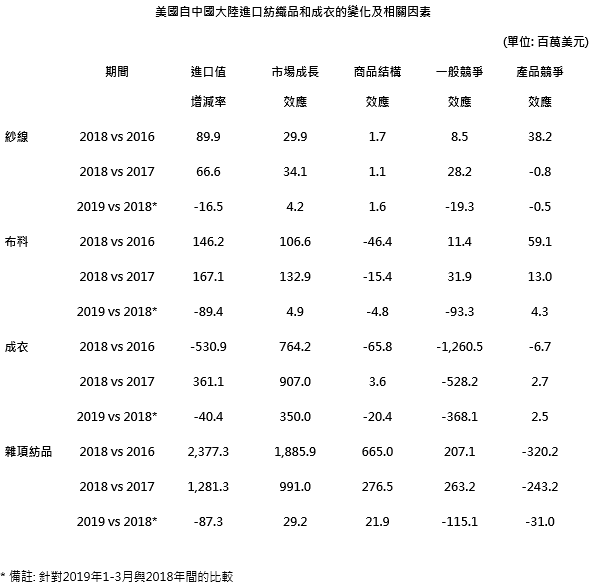
AAA flame retardant fabric mesh ERT5Y4375JTY

